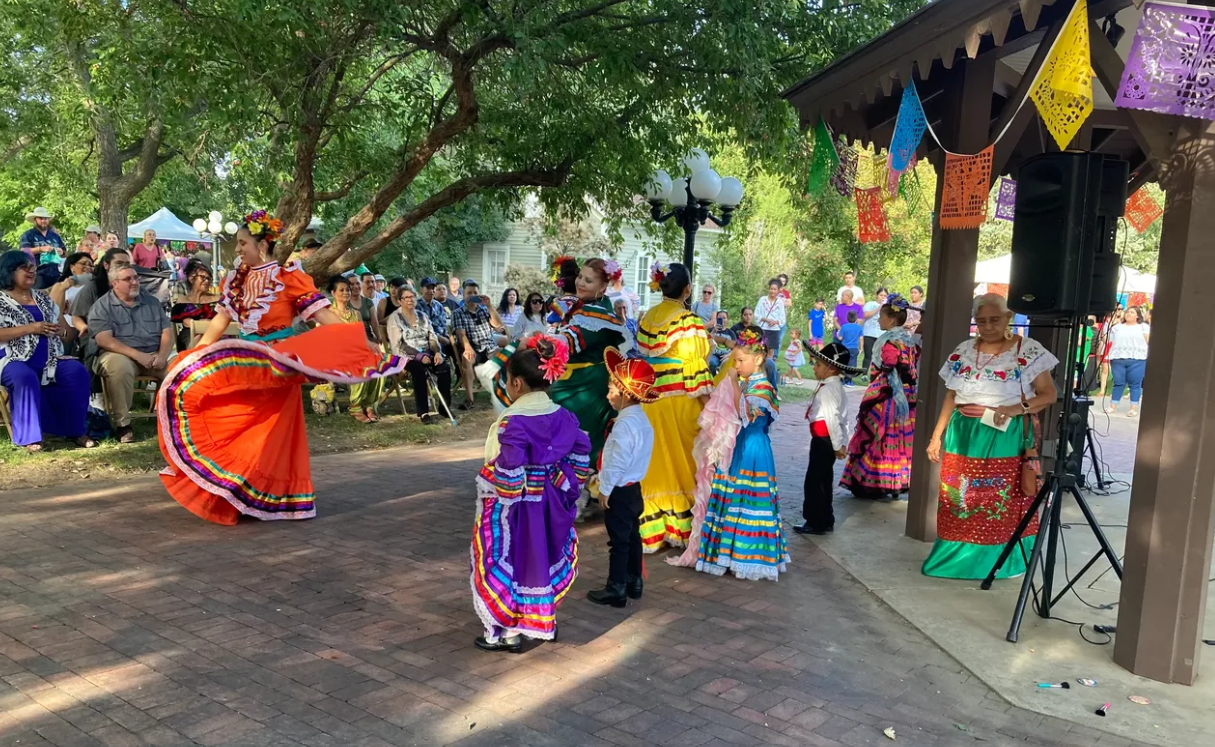
Did you know a book has never been written about the history of Mexican Americans in Greeley using their voices, stories, and perspectives? Now, a group is working to change that.
The Cache la Poudre River National Heritage Area recently sat down with the Mexican American History Project Greeley (MAHPG) to learn more about their work to tell their stories and address this gap in Greeley’s recorded history.
”“Our organization’s goal is to provide a resource book that highlights the history and contributions Mexican Americans have made to Greeley’s success since there is a gap regarding this information in Greeley’s general history. This book will help to give a voice and perspective of Greeley Mexican Americans that is seldom heard and validate our history and contributions in a place we call home.”
Emma Pena-McCleaveProject Coordinator for MAHPG
The book will delve into personal stories of Mexican Americans from Northern Colorado and their long-standing history in Greeley. While Mexican Americans have a longer history in the region, the book will focus on stories from 1920 and later. The goal of this work is to provide young Mexican Americans a strong cultural self-identity while helping to educate the community at large on the contributions and impact Mexican Americans have made on Greeley’s culture, community, and major industries such as the farming, packing plants, construction, and more recently, oil and gas.
The first section of the book will provide a collection of intensive research into historical documents from Greeley about the history and contributions of Mexican Americans in the community. The second half will hold thirty-nine stories from first-hand interviews with Greeley Mexican American residents. Gathered as part of the group’s oral history project, the stories showcase the residents’ perspectives of Greeley’s past, present, and future.
The group hopes to complete the book by April 30, 2025. Once published, MAHPG will distribute sets, English and Spanish, to Weld County schools, libraries, museums, and community centers, providing updated resources about local Mexican American history for school-age students and the community. The book will also be one of the few resources available in Spanish that provides an insight into the past and present of Greeley’s Mexican American community.

Dr. Dierdra Pilch, Weld District 6 Superintendent, was very receptive to the concept of the book stating, “It’s about time.”
While the Mexican American History Project Greeley has come a long way from inception, the group is still in the process of raising money for the publishing and distribution phase of the book.
To learn more about this incredible project, visit Mexican American History Project Greeley – Home (mahpg.org).

























